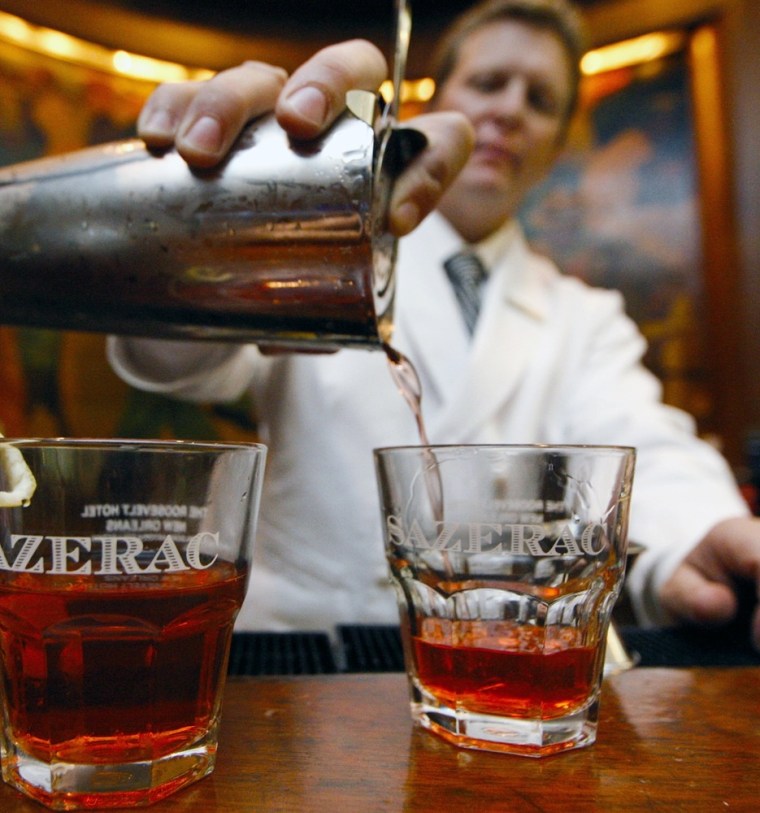December 5 marks the anniversary of an important day in alcoholic beverage history: the repeal of the 18th Amendment, thus ending almost 14 years of Prohibition. Seventy-nine years ago today, politicians realized that banning the sale and production of alcohol did not decrease crime, violence and debt—but instead did exactly the opposite. The law was lifted, much to our inebriated delight!
To celebrate, why not drink a cocktail and spice it up with bitters? Bitters are tinctures made from extractions of roots, barks, herbs, spices, fruit peels, flowers and seeds. Once used solely their purported health benefits, aromatic bitters are often used to add depth to drinks as well as to cut sweetness and balance contrasting cocktail components.
“They mirror exactly what spices do in food,” says Lara Nixon, founder of Bad Dog Bar Craft, an Austin-based craft bitters company.
While alcohol was banned during the Prohibition, bitters continued to be legally sold for their medicinal quality, despite the 40 to 50 percent alcohol they contain. However, after Prohibition was repealed, few bitters companies still remained. Two of the longest-running brands are Angostura and Peychaud’s. The former was created in Venezuela the mid-1800s by a German physician, often used to calm sailors’ seasick stomachs and serve as an aperitif. The latter, fruitier bitters were invented in an apothecary in New Orleans around the same time, and is known for its role in the traditional Sazerac cocktail.
But today, as the cocktail renaissance continues to thrive and grow, mixologists are researching, rediscovering and recreating old bitters recipes, as well as inventing their own. Now, a variety of craft bitters are on the market, boasting essences of celery, orange, grapefruit, and lavender, to name just a few. Want to make your own bitters at home? Try this recipe from Serious Eats.
And once you make or buy your bitters, shake up a few cocktails (legally) with the recipes below and make a toast to our forefathers!
